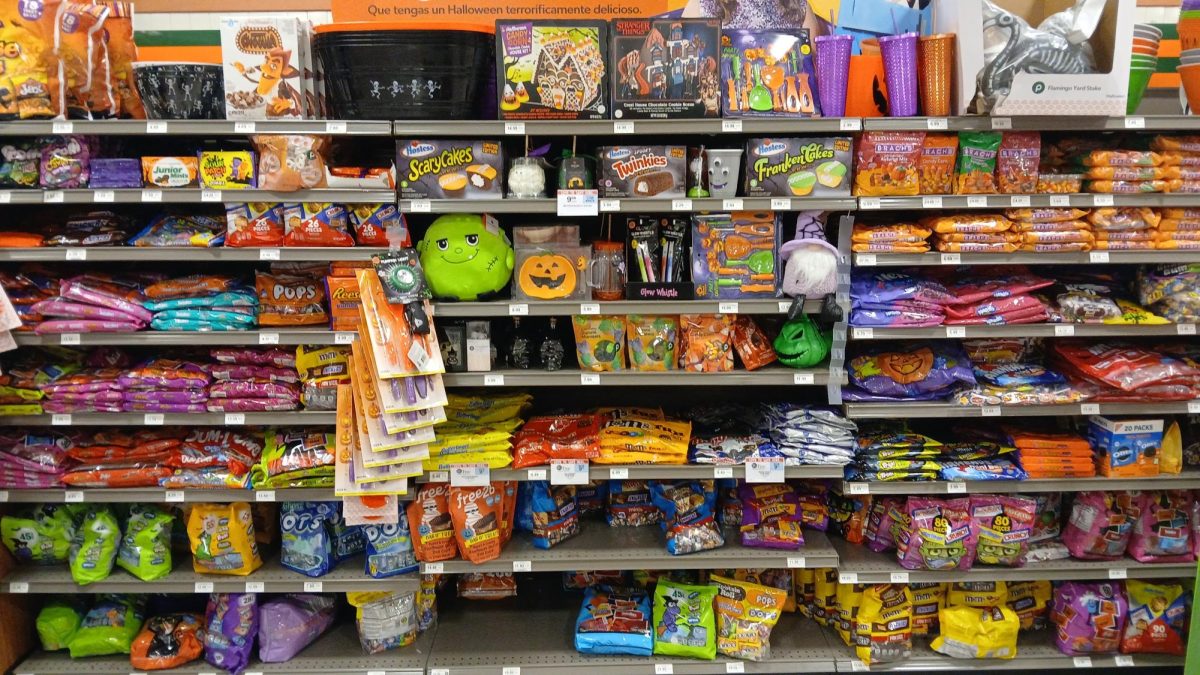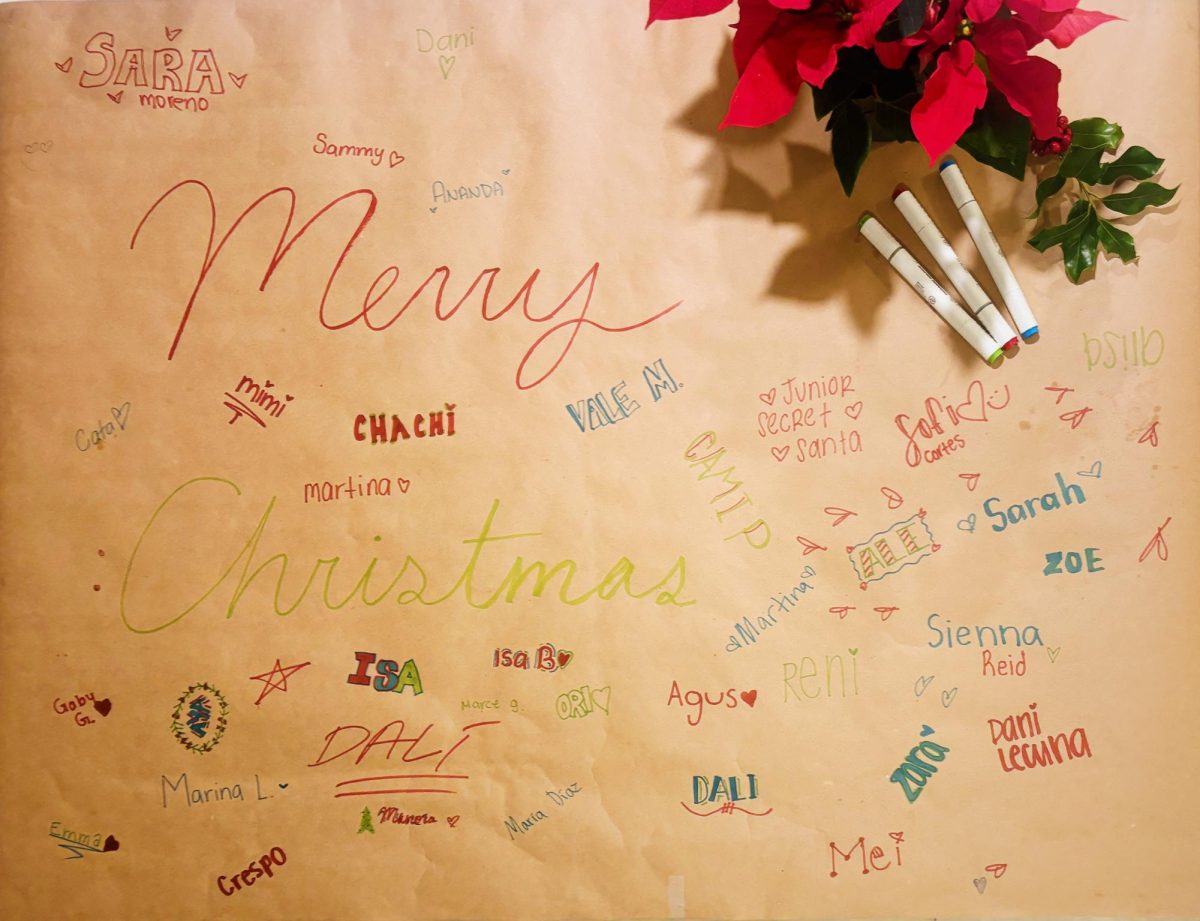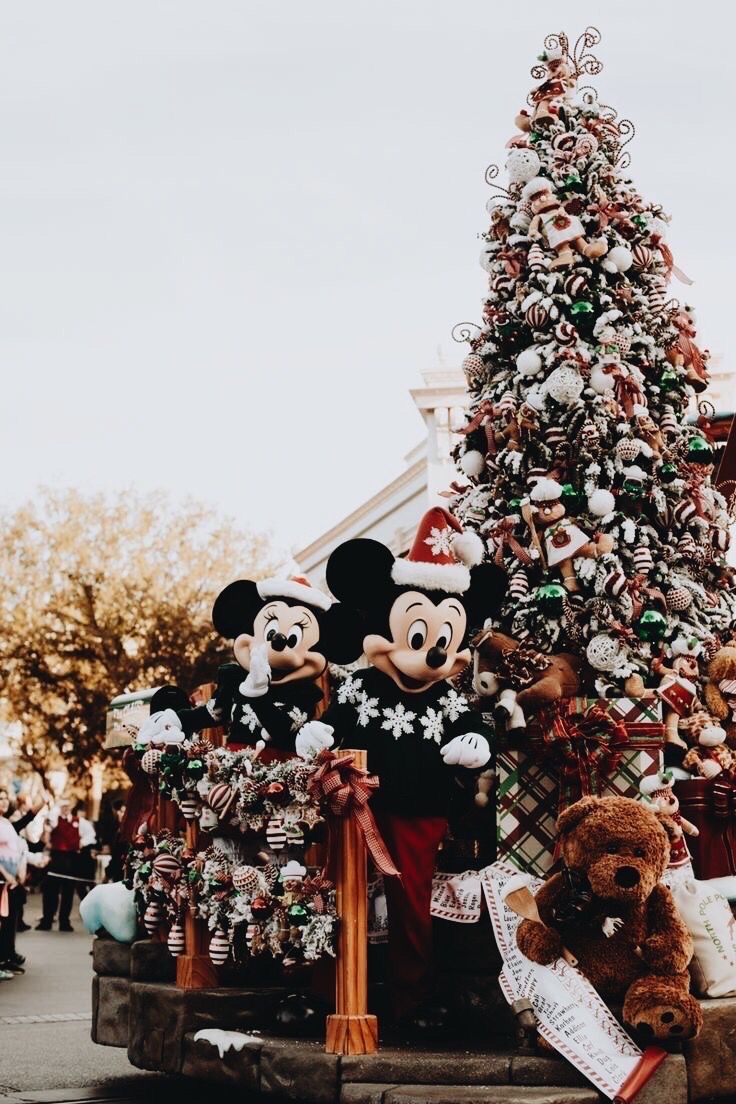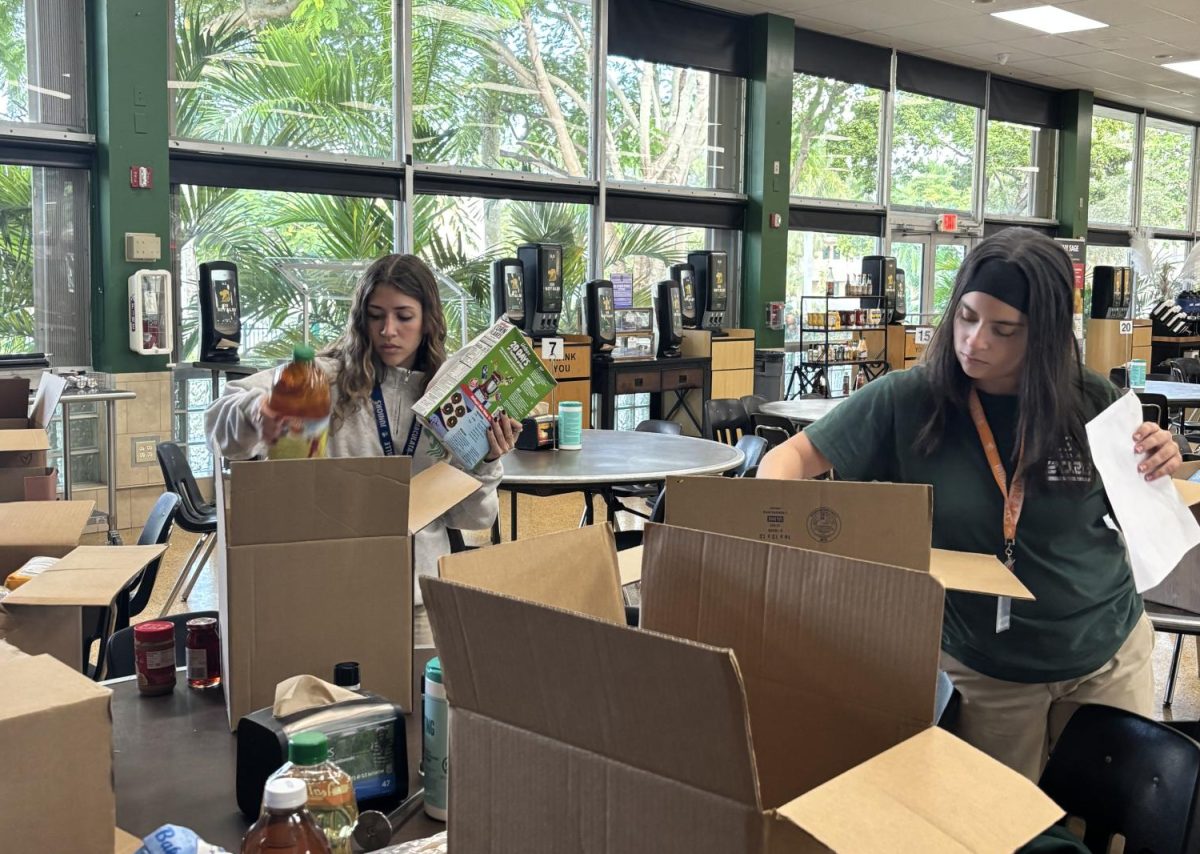Every Halloween, millions of kids across the country fill their bags with sweet treats, but what happens to all those shiny candy wrappers once the fun is over? Unfortunately, most of them end up in the trash, not the recycling bin. That’s an even larger problem than it might seem.
Most candy wrappers are made from a mix of plastic and aluminum, which makes them nearly impossible to recycle. Because the materials are fused together, recycling facilities can’t separate them. As a result, billions of wrappers each year end up in landfills or scattered as litter. These small, colorful pieces of plastic don’t break down easily—they can take hundreds of years to decompose. During that time, they may leak toxic chemicals into the soil and waterways, or even harm wildlife that mistake them for food.
It’s not just a Halloween issue, either. Candy and snack packaging are a major source of global plastic pollution year-round. But Halloween amplifies it, with a single night of celebration generating thousands of tons of waste.
Perhaps a possible solution would be for the candy-manufacturing companies to consider creating biodegradable candy wrappers.
The good news? Small actions can make a difference. Some schools and communities are participating in “Trick or Trash” programs that collect and recycle candy wrappers through special facilities. Choosing candies with paper or foil packaging, or bringing your own reusable bag for trick-or-treating, also helps reduce waste.
“I would buy less candy to try to help, as well as try to control where the wrappers go,” said junior Gaby Punzo.
Halloween is meant to be sweet, not scary for the planet. By being mindful of where wrappers end up, everyone can enjoy treats without tricking the environment into paying the price.









